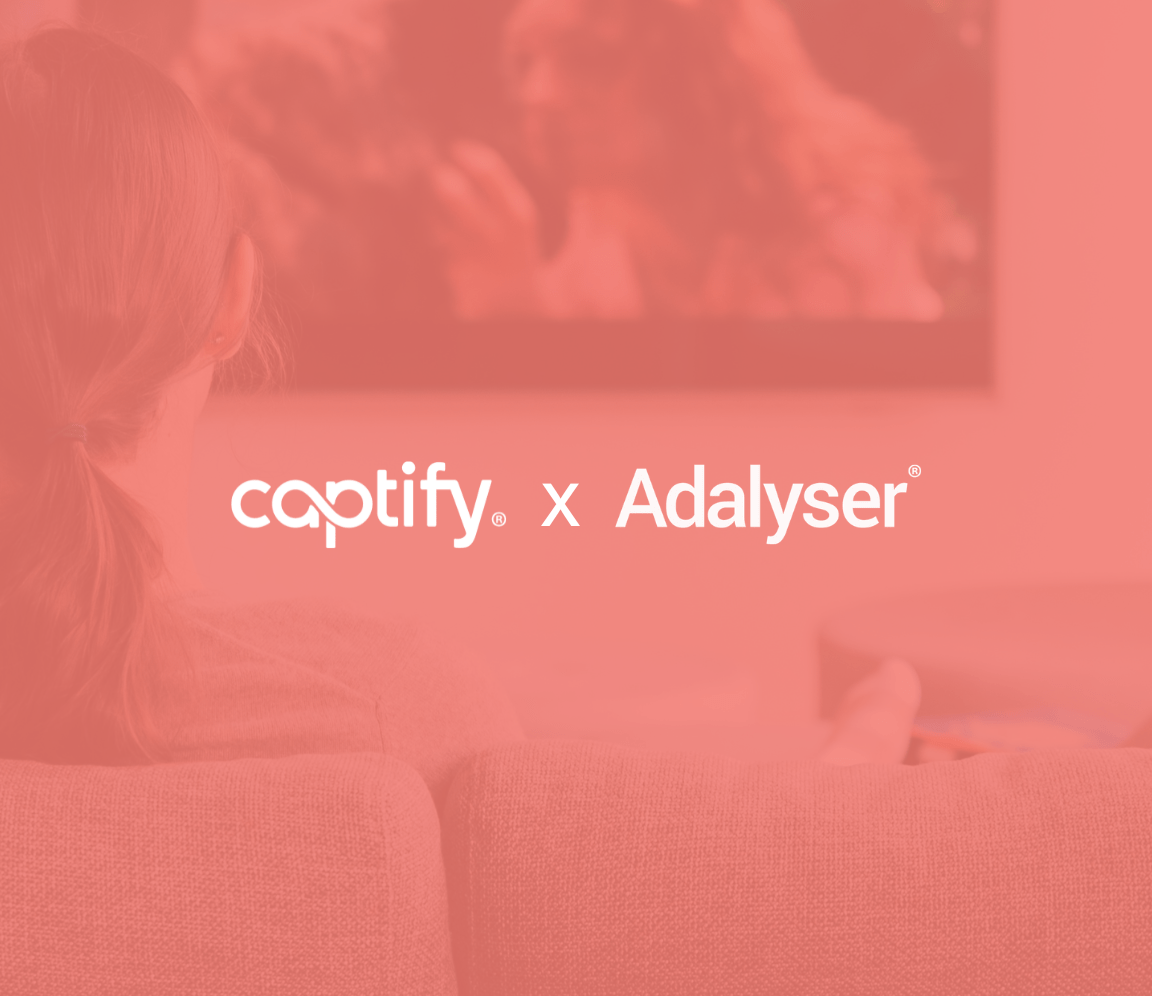Persistent IDs: The Topic That Just Won’t Opt Out (and For Good Reason)
Captify’s ‘Product Perspectives’ series dives into insights from product experts across the business, equipping you with the strategies needed to navigate key industry trends and challenges.
In the latest piece, Captify’s VP of Product, Martin Gruau, shares his expert insights on how advertisers can embrace privacy-first solutions, leveraging both persistent IDs and a combination of contextual and geo signals to thrive in an evolving adtech world.
A Time of Uncertainty
Much has been written over the last 2 years about the lingering uncertainty surrounding the advertising ecosystem in the Open Internet. From Google’s constant flip-flops on third-party cookie deprecation to the impact of evolving browsing behaviors driven by AI, the landscape remains in flux. Adding to this complexity is the lack of clarity surrounding legal remedies that will ultimately decide the future of Google’s search and AdTech businesses.
The challenges don’t end there. Potential regulation on ePrivacy, and the expansion of the UK privacy law and US privacy law—often with state variations—continue to create additional hurdles. As of today, 20 U.S. states have implemented privacy legislation, with several more in progress.
Even the most seasoned industry experts are finding it hard to keep up. One thing remains constant: there’s never a dull day in the AdTech industry.
What does it mean for marketers? During uncertain times, it’s natural to give in to the temptation of holding on to what you know, like tried-and-tested approaches such as last-touch attribution and cookie-based retargeting. These strategies have long been perceived as reliable staples of digital marketing. However, a step back to analyze the facts reveals one clear direction: now, more than ever, marketers must transition to solutions that don’t rely on third-party cookies if they want to make an impact in 2025 and beyond. Let’s discuss why…
Persistent IDs: The Backbone of any User-Centric Activation Solution
The cookieless rollercoaster has a silver lining: it’s pushing the industry to test and adopt innovative alternatives.
At Captify, we’ve embraced this challenge by rolling out contextual and geo-based segments, as well as targeting and measurement capabilities for both. We’ve tried and tested solutions based on Privacy Sandbox data, and, of course, persistent ID solutions like Unified ID 2.0 and ID5. Our journey has been shaped by collaborating with industry leaders through bodies like the W3C and the IAB Tech Lab, building strategic partnerships, testing advanced machine learning technologies, and maintaining close engagement with our clients.
These insights have led to the profound conviction that persistent IDs must be the backbone of any user-centric activation solution.
Why Persistent IDs Matter
While contextual solutions have experienced a resurgence, the demand for personalized and relevant advertising experiences for consumers has never been more pronounced. The fragmentation of user journeys across devices and the short shelf life of third-party cookies create a gap that only persistent IDs can bridge.
Data from internal testing at Captify backs this up. Campaigns utilizing persistent ID segments consistently achieved lower CPAs—in fact, up to 5x better than their third-party cookie equivalents.
Don’t just take our word for it, industry stats further support this:
- The Trade Desk reported a 22% higher conversion rate for UID2 segments, based on a case study with UMI.
- Audience360 and Adform also reported a 40% CTR increase when activating with ID5.
Persistent IDs also align with evolving privacy expectations. Simply deleting cookie-based data no longer suffices to honor user opt-out requests or manage data responsibly. By providing a holistic, privacy-centric approach, persistent IDs empower advertisers to connect meaningfully with audiences while maintaining trust.
The Need for a Multi-Signal Approach
That said, persistent IDs alone cannot address every challenge. We aren’t just substituting persistent IDs for third-party cookies. Channels like Digital Out Of Home (DOOH), Display, Connected TV (CTV), and Audio require diverse approaches. Persistent IDs are universally invaluable for planning and model training, however, effective activation and measurement across these channels—covering a variety of markets and KPIs—requires a far more sophisticated approach.
Contextual and geo signals certainly have a role to play. Yes, persistent IDs will help you target the right consumer, but these additional signals ensure this happens within the right environment— whether it’s a webpage, CTV activation, or audio content—and at the right moment in the consumer’s journey.
At Captify, we believe that achieving real-world results from advertising campaigns requires a balance of persistent ID, contextual, and geo signals backed by onsite search data signals, which provides the most authentic view into consumer intent.
Striking the Right Balance
Navigating today’s uncertain AdTech landscape requires advertisers to balance persistent IDs with contextual and geo signals. This approach not only drives measurable results for marketers but also respects user trust and privacy.
Managing this delicate mix is no small feat. Ultimately, this balance allows advertisers and marketers to thrive in an ever-evolving ecosystem, no matter what comes next.



